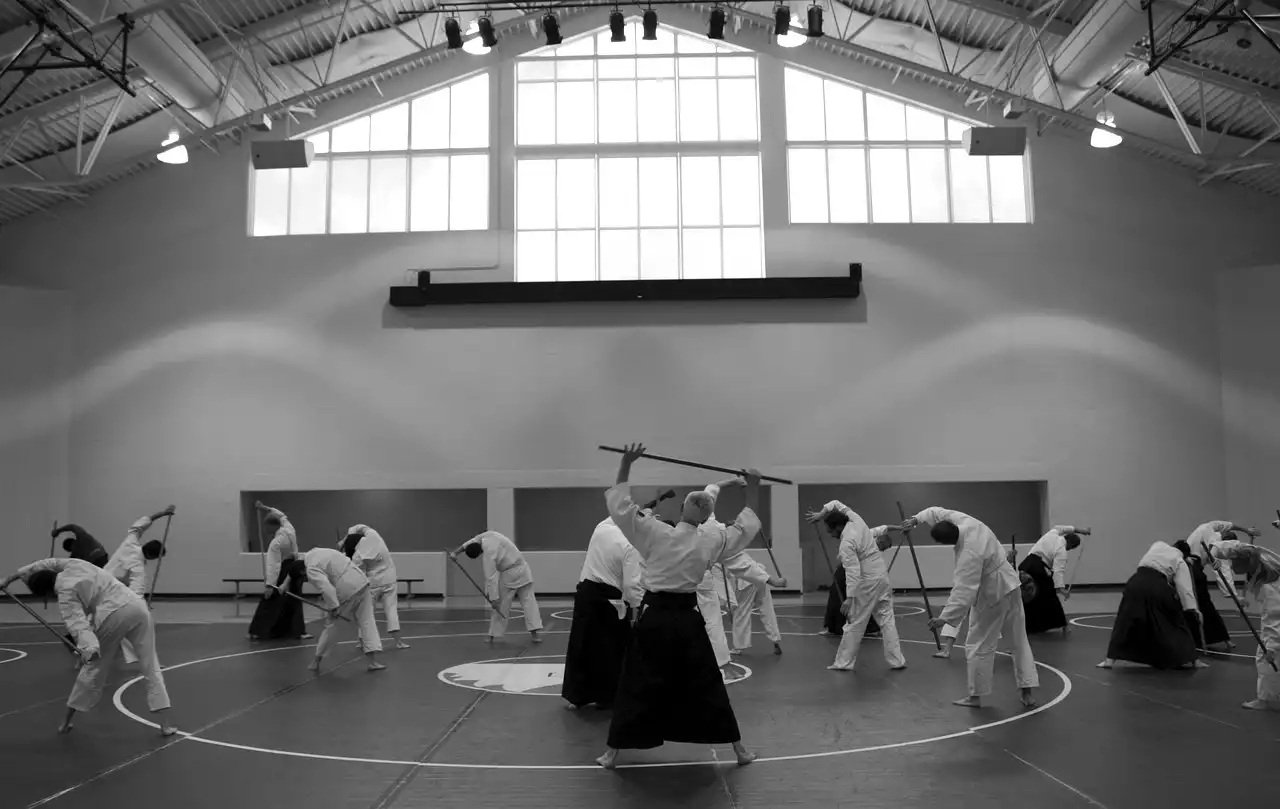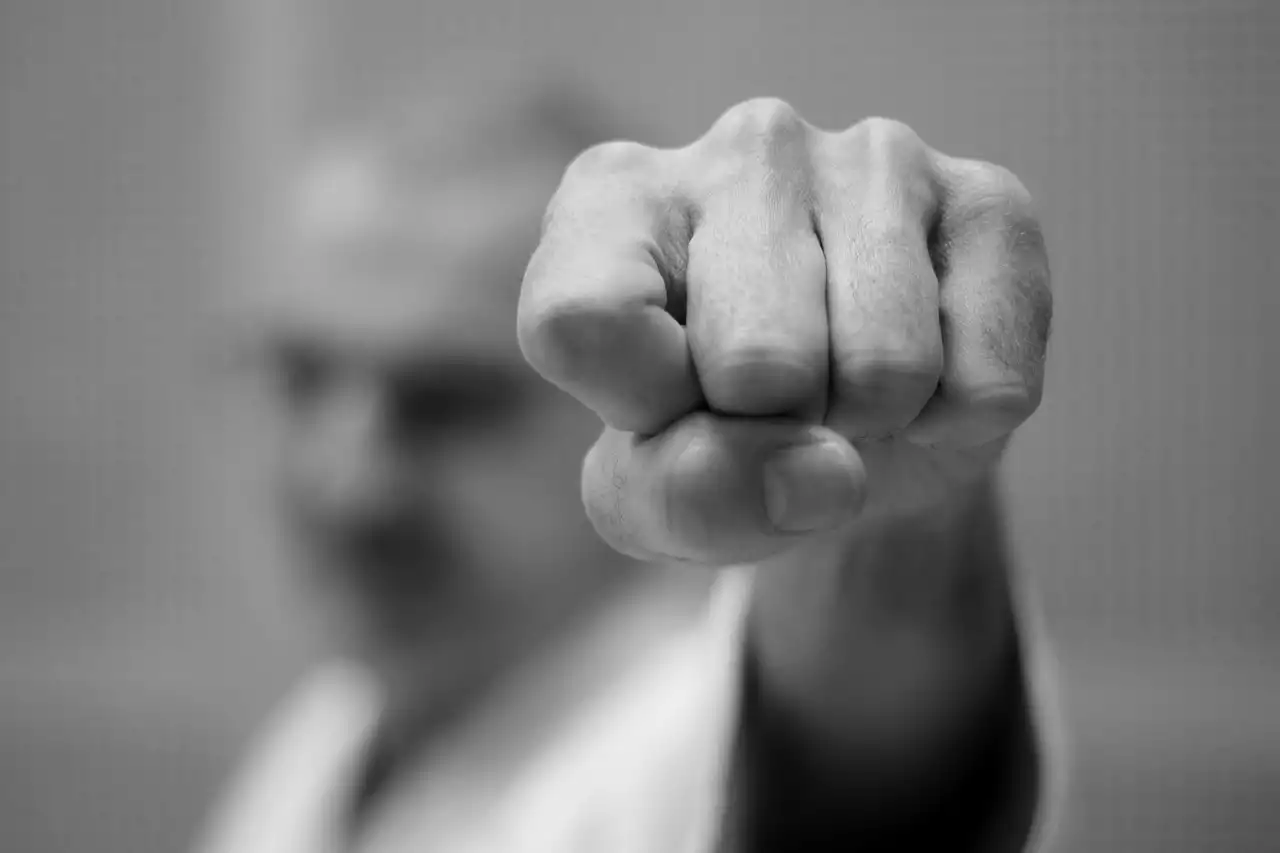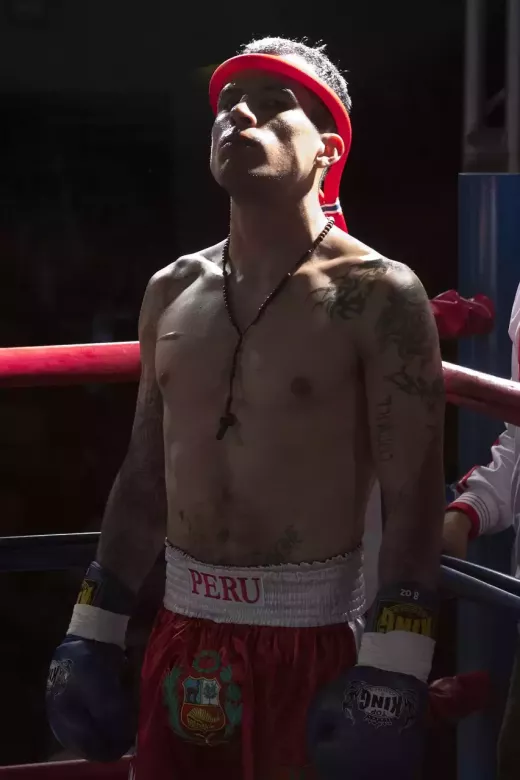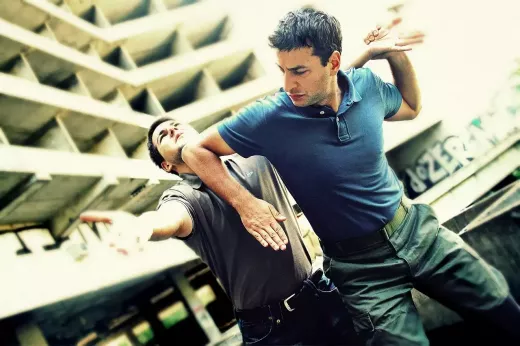Qualities of a Successful Martial Arts Instructor
Being a successful martial arts instructor requires more than just knowing the techniques and forms. It takes a combination of skills and qualities to be able to effectively teach and inspire students. Here are some of the essential qualities that every martial arts instructor should possess:
Passion
One of the most important qualities of a successful martial arts instructor is passion. You must have a genuine love and interest in the martial arts discipline you're teaching. Your enthusiasm for the art will be contagious and will motivate your students to work harder and achieve their goals.
Patience
Teaching martial arts requires patience, especially when dealing with new students who may struggle to learn the techniques. As an instructor, you should be patient and understanding, providing support and guidance to help students overcome their challenges.
Communication Skills
Effective communication is key to being a successful martial arts instructor. You should be able to clearly explain the techniques and forms to your students and provide constructive feedback to help them improve. Good communication skills will also help you build strong relationships with your students and their parents.
Leadership
As a martial arts instructor, you are a leader and mentor to your students. You should be able to inspire and motivate your students to work hard, set goals, and achieve their full potential. Your leadership skills will help you create a positive and supportive learning environment in your dojo.
Understanding the Different Learning Styles of Students
Every student has a unique learning style, and it's important to understand these styles to be able to effectively teach martial arts. There are three main learning styles:
Visual Learners
Visual learners learn best by seeing demonstrations of the techniques and forms. As an instructor, you should provide visual aids such as videos or diagrams to help these students understand the techniques.
Auditory Learners
Auditory learners learn best by hearing instructions and feedback. As an instructor, you should provide clear and concise verbal instructions and feedback to help these students learn.
Kinesthetic Learners
Kinesthetic learners learn best by doing. As an instructor, you should provide hands-on instruction and opportunities for these students to practice the techniques and forms.
Understanding the different learning styles of your students will help you tailor your instruction to their individual needs and maximize their learning experience.
Developing a Curriculum and Lesson Plans
To provide a comprehensive martial arts program, you should develop a curriculum that covers all aspects of the discipline. Your curriculum should include basic techniques and forms, self-defense, sparring, and weapons training if applicable.
Once you have developed your curriculum, you should create lesson plans for each class. Your lesson plans should be structured and organized, with clear objectives and goals for each class. You should also include warm-up exercises, drills, and cool-down stretches to ensure that your students are properly prepared for each class.
Effective Communication with Students and Parents
Effective communication with your students and their parents is essential for building strong relationships and creating a positive learning environment. Here are some tips for effective communication:
Set Expectations
At the beginning of each class, you should set clear expectations for your students. This includes expectations for behavior, effort, and progress.
Provide Feedback
Providing constructive feedback is an important part of teaching martial arts. You should provide both positive feedback to reinforce good behavior and progress, and constructive feedback to help students improve.
Listen to Feedback
Listening to feedback from your students and their parents is important for improving your teaching methods and creating a better learning environment.
Use Technology
Using technology such as email, social media, or a dojo management software can help you stay in touch with your students and their parents and provide updates on class schedules and events.
Teaching Techniques and Strategies
Effective teaching requires more than just demonstrating techniques and forms. Here are some tips for teaching martial arts:
Break Down Techniques
Breaking down techniques into smaller parts can help students better understand and master the techniques. You should also demonstrate variations of the techniques to accommodate different skill levels.
Provide Visual Aids
Visual aids such as videos or diagrams can help students better understand the techniques and forms.
Use Positive Reinforcement
Using positive reinforcement such as praise and rewards can help motivate students to work harder and improve.
Use Games and Drills
Using games and drills can make classes more fun and engaging while providing opportunities for students to practice the techniques and forms.
Safety Guidelines and Precautions
Safety should be a top priority in martial arts instruction. Here are some safety guidelines and precautions to follow:
Provide Proper Equipment
Make sure that your students have the proper equipment such as gloves, headgear, and mouthguards to protect them during sparring.
Supervise Sparring
Sparring should be supervised at all times to ensure that students are following proper safety protocols.
Emphasize Safety Techniques
Teach your students safety techniques such as tucking their chin and rolling during falls to prevent injuries.
Motivating and Inspiring Students
Motivating and inspiring your students is essential for helping them reach their full potential. Here are some tips for motivating and inspiring your students:
Set Goals
Setting goals for your students and helping them achieve those goals can be a powerful motivator.
Provide Feedback
Providing regular feedback on progress can help students stay motivated and engaged.
Recognize Achievements
Recognizing and celebrating achievements such as belt promotions can help students feel proud of their accomplishments and motivated to continue working hard.
Building a Positive and Supportive Dojo Culture
Creating a positive and supportive dojo culture is essential for building strong relationships with your students and their parents. Here are some tips for building a positive and supportive dojo culture:
Encourage Collaboration
Encouraging collaboration among students can help them build strong relationships and support each other's progress.
Emphasize Respect
Emphasizing respect for each other, instructors, and the martial arts discipline itself is essential for creating a positive learning environment.
Foster Inclusivity
Fostering inclusivity and welcoming students from diverse backgrounds can help create a positive and supportive dojo culture.
Continuing Education and Professional Development
Continuing education and professional development are essential for staying up-to-date with the latest techniques and trends in martial arts instruction. Here are some tips for continuing education and professional development:
Attend Seminars and Workshops
Attending seminars and workshops can provide opportunities for learning from other martial arts instructors and experts.
Read Martial Arts Literature
Reading martial arts literature can provide a deeper understanding of the discipline and different teaching methods.
Work with a Mentor
Working with a mentor can provide guidance and support for your professional development.
Participate in Competitions
Participating in competitions can provide opportunities for networking and learning from other instructors and competitors.
Teaching martial arts is a challenging but rewarding discipline. By mastering the art of teaching martial arts, you can inspire and motivate your students to achieve their full potential. From understanding different learning styles to creating a positive and supportive dojo culture, following these essential tips will help you become a successful martial arts instructor.










